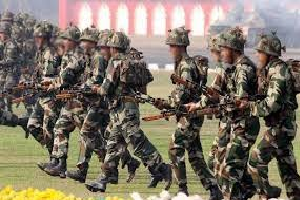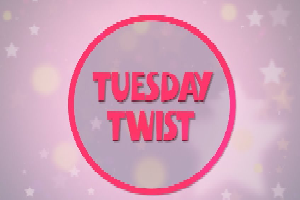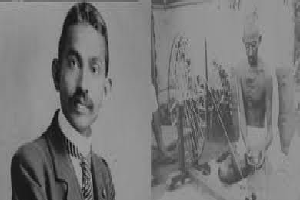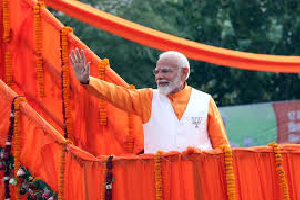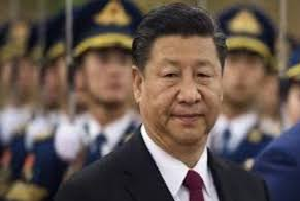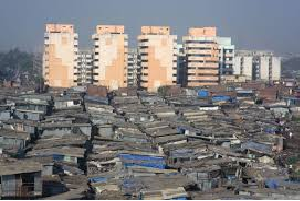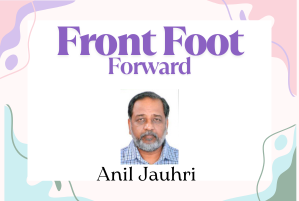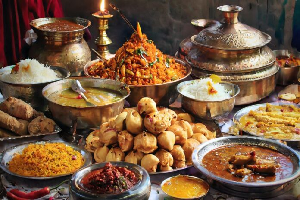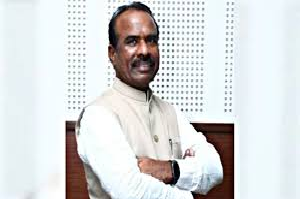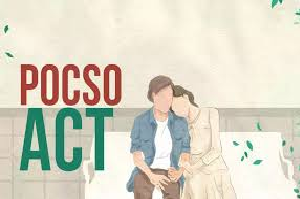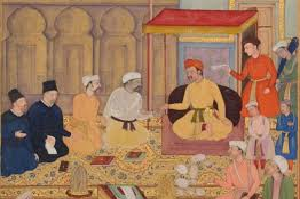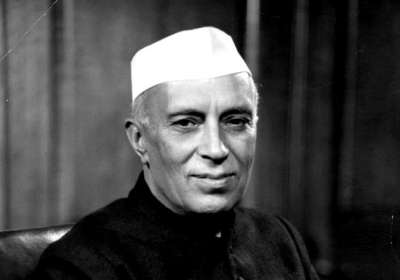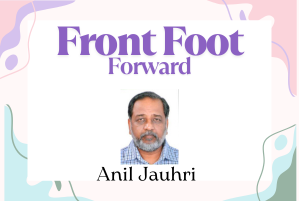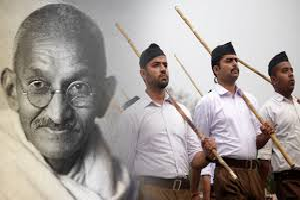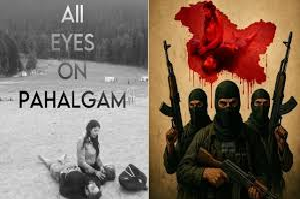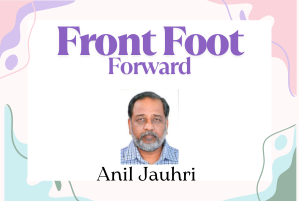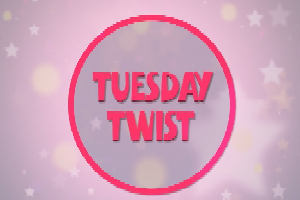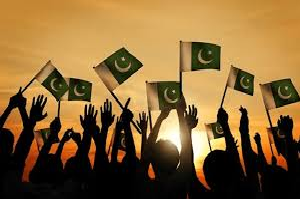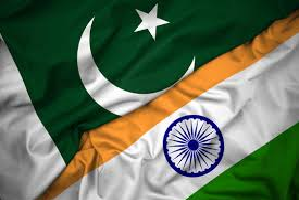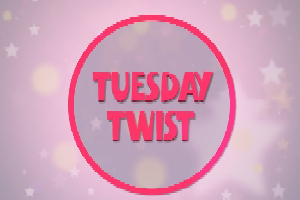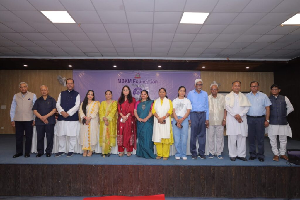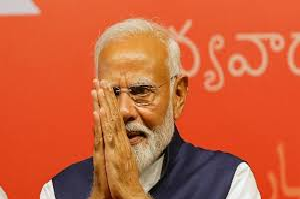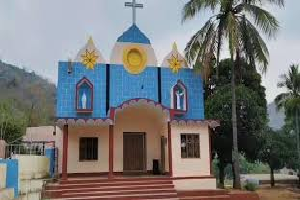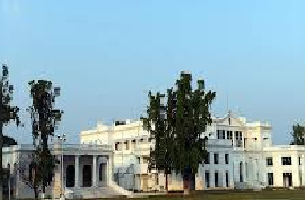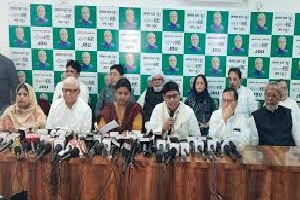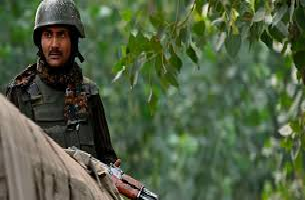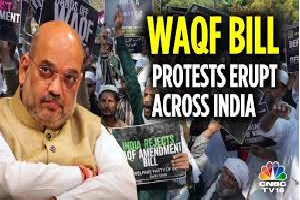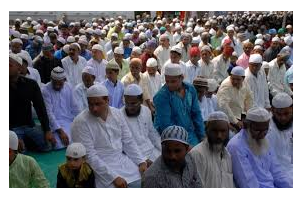15

Today’s Edition
New Delhi, 15 January 2024
Amitabh Srivastava
The life-term to 15 year old Ethan Crumbley who had opened fire at Oxford High School on Nov. 30, 2021,with a semi-automatic handgun his father had bought him as a Christmas gift days earlier killing 4 students and 6 injured takes the number of juveniles in jail without parole in the US to 74.
This is when only in 19 States can children below 18 be arrested.
Human Rights and Child Rights advocates in the largest democracy of the world India assert that this phenomenon reflects more the prevalence of the gun culture than rise in juvenile crime.
As ABC News points out,there have been 40,136 homicide deaths this year in the USA due to gun fire.What is less highlighted is the fact that half of these deaths were suicides.Easy access to guns stands out starkly from these stats but people are not asking questions because the National Rifle Association set up in 1871,holds a sway on emotions of people and politicians of both parties.
Says a BBC report,"In 2022, the NRA received $97m (£78m) from membership dues. That is down by more than 40% from its peak year, 2018.In 2021, it spent $4.2m on lobbying, according to non-partisan US research firm OpenSecrets.
The NRA also grades members of Congress from A to F on their perceived friendliness to gun rights.Those ratings can cost pro-gun control candidates their seats."
So strong and aggressive is this lobby that it manages to sway emotions even after a huge tragedy.
Says Upkar Chopra, an Indian born engineer, settled in Virginia, the Headquarters of NRA," So powerful are they that when the country was reeling under the impact of school children killed in a shoot-out, instead of asking parents to keep their guns under lock and key it managed to persuade the Administration to supply more guns to teachers and staff for self-defence."
This scenario is a reflection of the disturbed and distressed state of the common man in the country which is reflected in the number of crimes by its children.
Not that children in under developed countries such as India the largest democracy of the world are not committing 'heinous' crimes which includes robbery,dacoity,rapes and murders which is duly reported by the National Crime Reports Bureau (NCRB) but murders form the least fraction of this.And by guns, hardly any.
India made international headlines in December 2012 when a 23 year old girl (nicknamed Nirbhaya by the media) was brutally gang-raped in a moving bus by six persons and later succumbed to her injuries.There were candle light marches and protests near Parliament demanding hanging for the culprits but what is remarkable is that despite all this, a 17 year old involved in this gruesome crime was spared the gallows and released after completing a reform home term.
This has to be understood in the context that policing in India is much more lax and the number of have-nots is much higher than in developed countries.
Says Amod K Kanth, former DGP and Founder General Secretary of Prayas an NGO working for Child Rights,"Despite dealing with such large number of juveniles we in India have a very strong Juvenile Justice Act.This ensures that the offending children called 'Children in conflict with Law' can be tried only in Juvenile Courts.Due to a surge in crime laws have been changed to bring down the age of juveniles from 18 to 16 for heinous crimes.But even now juveniles are neither handcuffed,sent to adult jail or awarded life-term and death penalty.Till a child is seven he is not charged for any crime."
His is an important voice because in 2005, he was honoured in the White House by George Bush as a "TIP Report Hero Acting to End Modern Slavery".
A US equivalent to institutes like Prayas in my view is the Office of Juvenile Justice and Delinquency Prevention (OJJDP)that gives grants to improve its juvenile delinquency prevention programs.
But given the current scenario its Vision statement,"Youth contact with the Justice System should be rare,fair and beneficial" appears a Utopian mirage.
Prayas in its 35 years of existence has proved that giving a second chance to 'Juveniles in Conflict with Law' has been miraculous.
One of its inmates who had murdered his sister's assailant at age 13 is a renowned painter whose works adorn the Rashtrapati Bhavan (President's House).
Several children in 'Conflict with Law' in India have set up their own start ups or doing very well in life. This is also because of a provision in Juvenile Justice Law that the records of a deviant child would be eliminated for ever.
The belief in the innate human qualities of a 'human child' (not always Juvenile delinquent) and of course denying access to guns makes the big difference.
While the 'civilised' nations like US, UK, Europe view these children as criminals the under-developed countries like India believe in reforming them by offering them a second chance.
---------------


